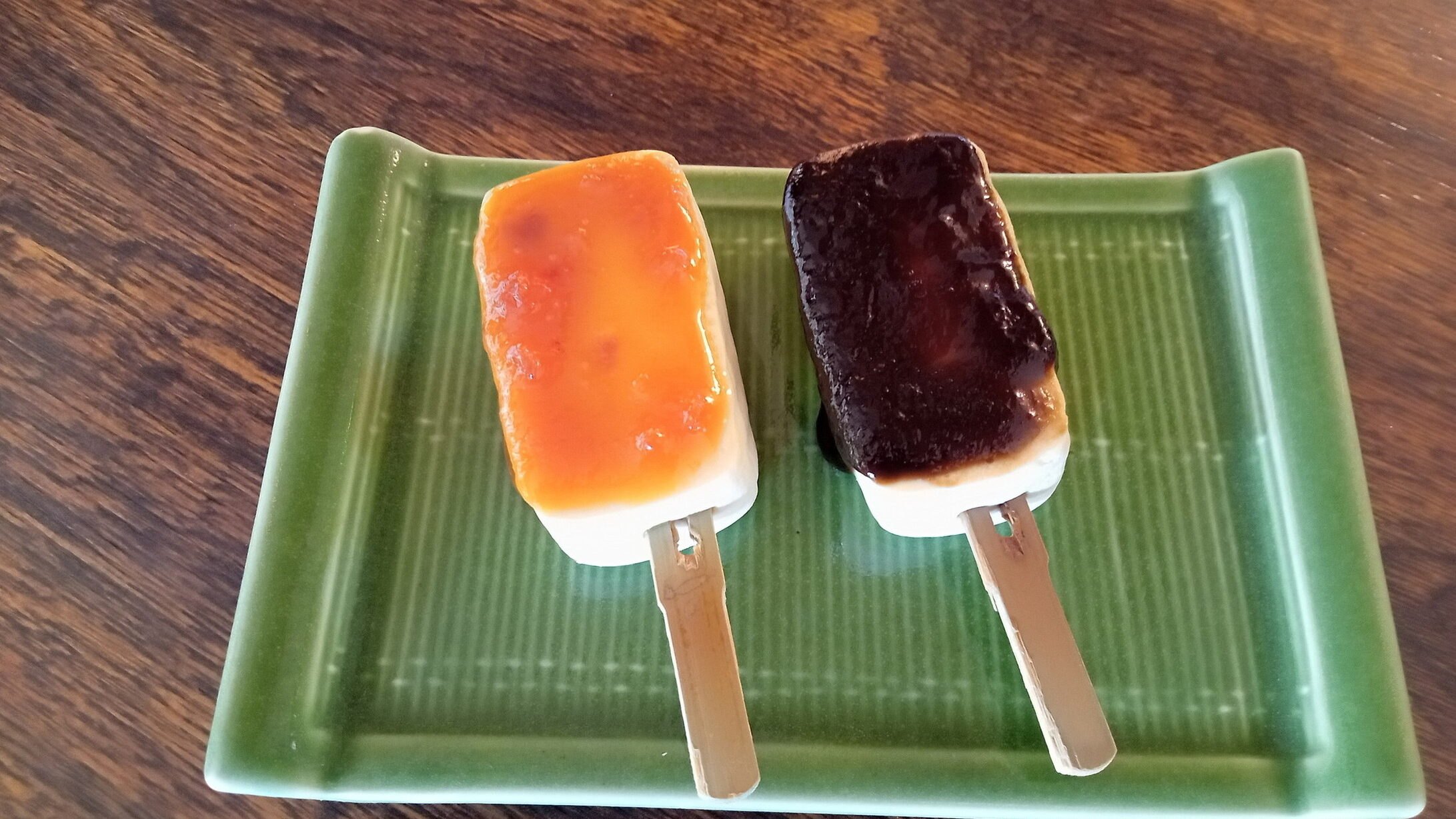
So, if you’re a fan of tofu, you’ve got to explore the delights of Oyama Tofu Cuisine in Kanagawa! Nestled at the foot of Mount Oyama, this region has perfected the art of crafting tofu with the mountain’s pristine water, resulting in a local specialty that’s both simple and sublime. Let’s discover the story and flavors behind this unique culinary tradition.
Dish Name: Oyama Tofu Cuisine (大山の豆腐料理)
- Primary Area of Tradition: Oyama area, Isehara City
- Main Ingredients: Tofu
How It’s Eaten / Served
Mount Oyama, a 1,252-meter peak within the Tanzawa-Oyama Quasi-National Park, is renowned for its tofu, made using the pure, high-quality water of the Tanzawa mountain range. Oyama tofu stands out for its high moisture content, incredibly soft texture, and delicate, clean flavor. Its versatility makes it a staple in local kitchens, where families enjoy a wide variety of tofu dishes. However, the foundation of Oyama tofu cuisine lies in the simple classics: “Hiyayakko” (cold tofu) and “Yudofu” (simmered tofu), which showcase the tofu’s natural taste. Oyama’s unique geography, which readily captures moisture from Sagami Bay, leads to frequent rainfall. This has earned it the nickname “Afuri-yama” (阿夫利山), derived from “Amefuri-yama” (雨降山), meaning “Rainfall Mountain.” It has been revered as a sacred mountain since the Jomon period. Due to its accessibility – only a 3-4 day round trip from Edo (old Tokyo), without the need to pass through checkpoints – Mount Oyama became a popular destination for “Oyama Mairi” (Oyama Pilgrimage) during the Edo period. People flocked to the mountain to pray for rain and prosperity in business, combining religious devotion with recreational travel. It’s said that when Edo had a population of 1 million, as many as 200,000 visitors journeyed to Oyama in a single summer! Oyama tofu’s origins lie in the use of soybeans donated from various regions and the local pure spring water. Legend has it that pilgrims visiting Oyama during the peak of summer would savor tofu from the palm of their hand as they walked. Local inns also served tofu dishes to the pilgrims, which were immensely popular and eventually became a regional specialty. In 2016, “Oyama Mairi” was designated as a Japan Heritage site by the Agency for Cultural Affairs, with tofu cuisine recognized as a key element of that cultural heritage.
Cultural Background and Preservation
Oyama tofu is enjoyed throughout the year. In local homes, Oyama tofu is an essential ingredient in daily meals, inspiring a diverse range of tofu preparations. Beyond “Hiyayakko” and “Yudofu,” popular dishes include “Shira-ae” (tofu salad) – tofu combined with local wild vegetables or seasonal ingredients like persimmons – and “Tofu no Dengaku” – grilled tofu with a sweet miso glaze. “Hiyayakko” is simply prepared by cutting tofu and serving it on a plate. “Yudofu” involves simmering tofu in a pot with dashi broth and other desired ingredients. Both dishes are typically enhanced with condiments such as soy sauce or ponzu, and a variety of toppings. Oyama tofu production is primarily carried out by small, locally owned tofu shops, with distribution mainly within the region. In addition to home consumption, local inns and restaurants offer a wide array of tofu-based dishes. The annual “Oyama Tofu Festival,” held in mid-March, features the serving of Yudofu from a giant 4-meter pot, along with various tofu-themed events like eating contests and hands-on tofu-making workshops.
Additional information:
- Hiyayakko (冷奴): Cold tofu, typically served with toppings like soy sauce, green onions, ginger, and bonito flakes.
- Yudofu (湯豆腐): Simmered tofu, cooked in a broth and eaten with various dipping sauces.
- Dashi (だし): A Japanese soup stock, often made from kombu (kelp), bonito flakes (katsuobushi), shiitake mushrooms, or a combination.
- Shira-ae (白和え): A dish made by mashing tofu and mixing it with other ingredients, such as vegetables, fruits, or nuts.
- Tofu no Dengaku (豆腐の田楽): Grilled tofu coated with a sweet miso glaze.
- Ponzu (ポン酢): A citrus-based sauce commonly used as a dipping sauce.
- Oyama Mairi (大山詣り): Oyama Pilgrimage
The information about regional cuisine featured on this website (Piggy's Grandma of Japan) is summarized and adapted from the Ministry of Agriculture, Forestry and Fisheries of Japan (MAFF) website, "Our Regional Cuisines"Additional commentary is provided based on the unique experiences and perspectives of the site's editors.
The copyright for the original content regarding regional cuisine belongs to the Ministry of Agriculture, Forestry and Fisheries of Japan.
The summaries and adaptations published on this site are intended for informational purposes only. Piggy's Grandma of Japan does not guarantee the accuracy or completeness of this information. For the most accurate and complete details, please refer to the original pages on the MAFF website.

